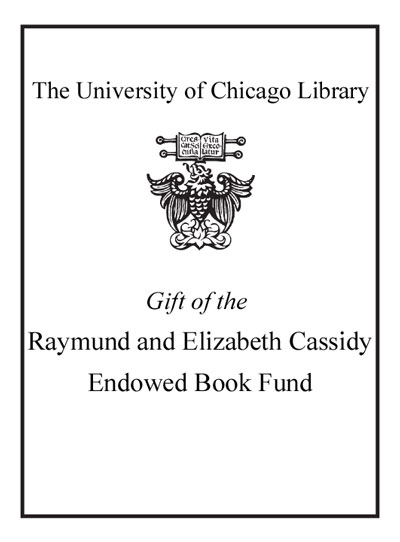Review by Choice Review
English-speaking monolinguals who believe they embody the linguistic norm will be rudely surprised by the myths dispelled in this revised edition of The Handbook of Bilingualism (CH, Jul'04, 41-6348). Bhatia and Ritchie (both, Syracuse Univ.) note that there are more bilingual/multilingual than monolingual speakers in the world; more than 52 million bilinguals live in the US alone. The handbook's 43 internationally known scholars from a dozen countries (one-third of whom are new to this edition) provide state-of-the-art reviews of theoretical and applied aspects of their topics, identify current trends, and demarcate questions for further investigation. The book is thematically divided, treating neurological and psychological aspects of plurilingualism (a term used in Europe to encompass both bilingualism and multilingualism), societal issues, and country and regional studies. A few chapters are intended for experts, but most can be read profitably by nonspecialists. Several commentators point out how recent migration patterns have strongly influenced people's acquisition of second or third languages. Nearly all of the 35 chapters have been updated and, where fitting, specifically address multilingualism. Particularly strong chapters by William Mackey on the North American scene and Wayne Wright on bilingual education are models of clear exposition and demonstrate command of the literature. Summing Up: Highly recommended. Upper-division undergraduates through faculty. C. B. Thurston University of Texas at San Antonio
Copyright American Library Association, used with permission.
Review by Choice Review

